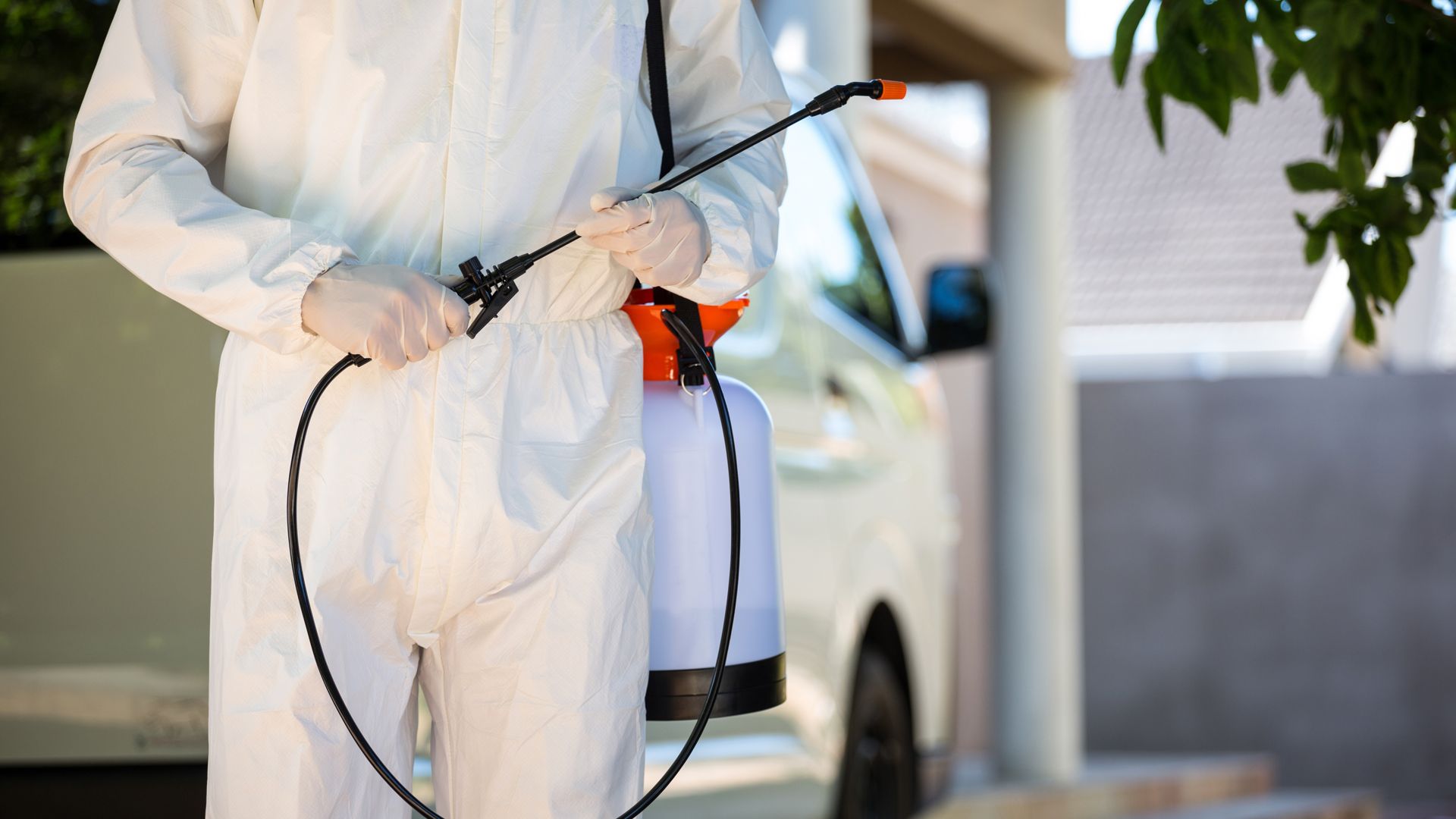Termites are a fear that most homeowners have nightmares about. That’s because they can cause extensive damage to our homes and our belongings. The worst part is, they can chew away at your home silently for years without being detected. By the time we finally do realize we have them, it’s too late to avoid the costly damage they can cause. An average colony of termites will go through approximately a foot of a 2×4 in six months, with some species going through even more than that. They create tunnels in the wood of your home to build colonies, and with each of those colonies containing about 60,000 termites, it’s easy to see why getting rid of termites can be a difficult task.
How Do You Know If You Have Termites In Your Home?
The biggest sign that you have a termite problem is the presence of swarmers. These are flying termites on a mission to establish a new colony. Some species of termites are attracted to light and fly at night. Drywood termites tend to swarm after it rains. In addition to seeing swarmers, you might see the remnants of their wings, which they will drop once they’ve found a mate and begun establishing a colony. If you see these swarmers, they’ve likely decided to make your home their home.
Here are some other ways to determine if you have a termite infestation:
Head Banging – This is the sound of those soldier termites taping their heads against the wall. They will do this if they feel the colony is in danger. You’ll hear a “clicking” sound behind the walls.
Hollow-Sounding Wood – Tap walls and other wooden objects. If the sound is papery or hollow-sounding, you likely have termites and the integrity of your home is compromised.
Tunnels in Wood/Tight Doors and Windows – Tunnels in wood and doors and windows that are hard to open are a sign you might have termites. The reason this happens is that there is a great deal of moisture generated when termites eat, which causes the wood to swell.
Frass (termite droppings) – This is a likely sign of drywood termites. Some species of termites use their droppings to build nests. Drywood termites don’t use their droppings, so they push it through openings in the wood. It will appear to you as tiny black marks or a powdery substance.
What You Can Do To Minimize The Risk Of A Termite Infestation
Moisture and wood are two of the biggest ways to invite termites into your home. Lights close to your home and left on all night can attract swarmers. To reduce the chance of termites invading your home, you can take these measures:
Remove excess foliage from around your home, including weeds, rotted wood, tree stumps, etc. All of this attracts termites. The closer it is to your home, the more likely it is termites will make their way to your home. Remember to trim tree limbs back from your home as well.
Reduce wood to soil contact and moisture around the foundation of your home.
Clean the gutters of your home. There are often dead twigs, wet leaves, and moisture that attract termites.
Keep firewood stored several feet away from your home.
Reduce or eliminate your use of mulch.
Reduce the moisture level in your home.
Seek Professional Pest Control For Termite Infestations
Getting rid of a termite infestation is a difficult process that requires professional help. At Roberts Termite & Pest Control, we have the experience, tools, and products to get rid of your termite infestation once and for all. We can also help you prevent a termite infestation. We offer guaranteed results and friendly, professional service. Call us today and rest easy knowing that your home is termite-free.

